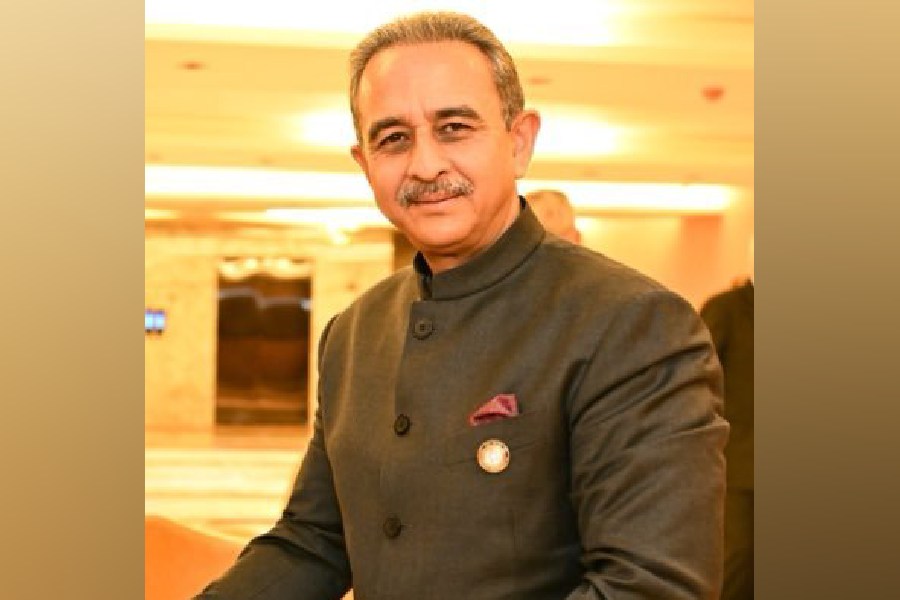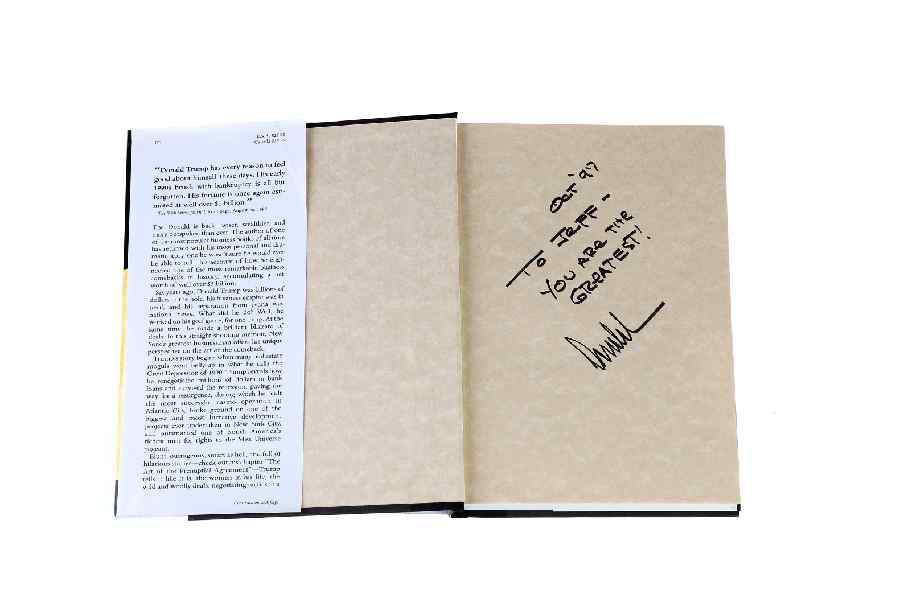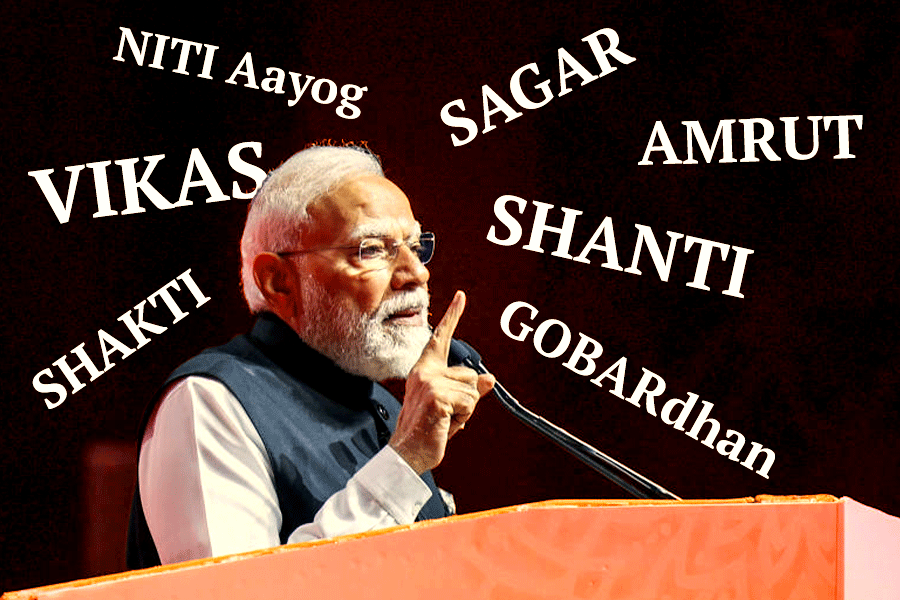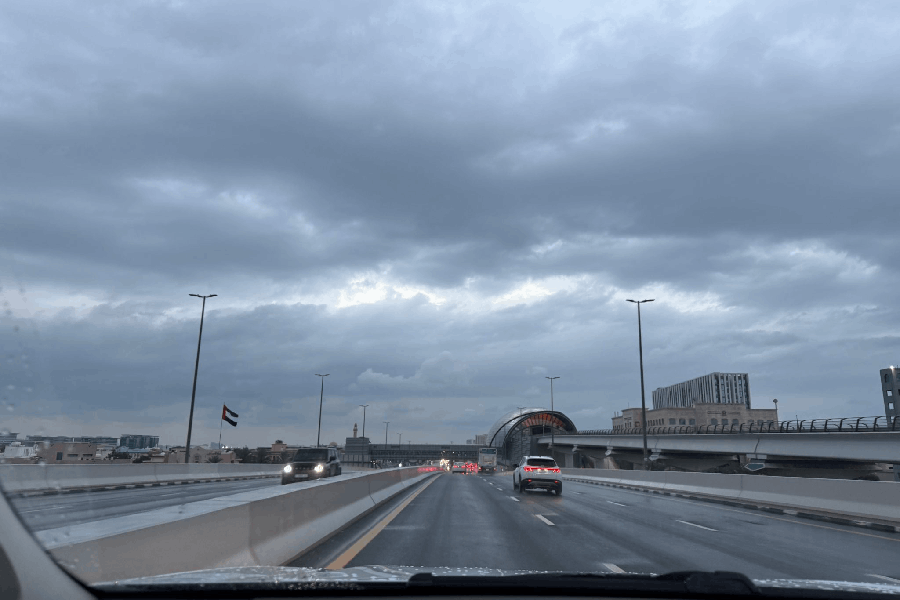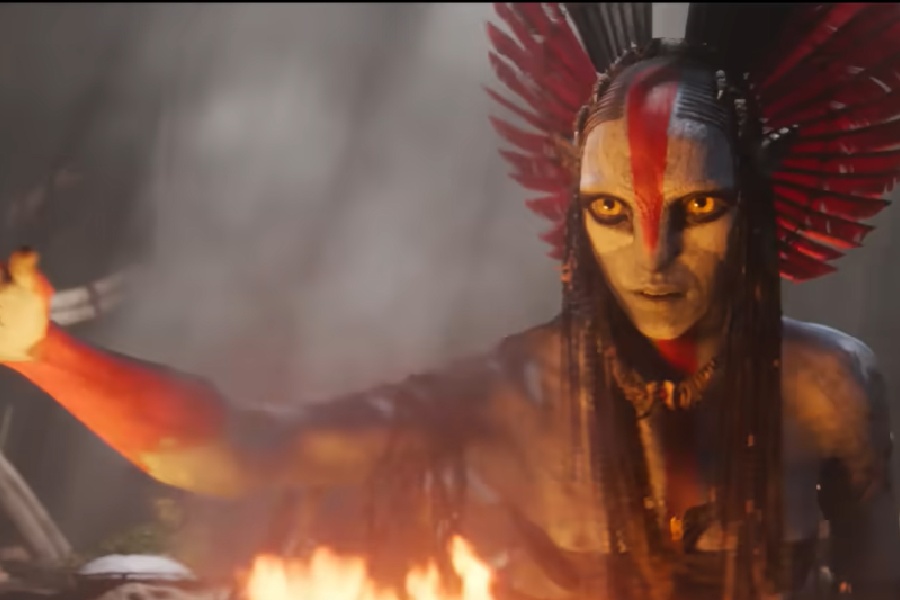
It’s tough to process a film like Pari. It’s tougher to put it in a box. It’s definitely quite unlike anything you would have watched in mainstream Bollywood. Most of it works, some of it doesn’t, but Pari is a cinematic experience that haunts — pun intended — for a long time after the screens go blank.
First things first, Pari is not for the faint-hearted. Shot in Calcutta and directed by first-timer Prosit Roy, it has tons of jump-scares, a few superbly written nail-biting scenes and a consistent feel of fear and foreboding.
The film starts off with city boy Arnab (Parambrata Chattopadhyay) and his parents driving home on a rainy day after an ‘arranged marriage’ meeting with the family of Piyali (Ritabhari Chakraborty). Arnab’s dad accidentally mows down a beggar woman and the guilt-ridden young man helps the woman’s daughter Rukhsana (Anushka Sharma) — a strange, socially awkward girl who the cops find bound in chains in an uninhabited forest — with the funeral formalities. Then he finds her cowering in fear at his home one night.
As a shy kid, Arnab, the quintessential bhalo Bangali chhele who’s called ‘Babai’ at home, would hide under the bed when guests came calling. So when a petrified Rukhsana does the same out of fear, he feels for her. From teaching her to brush her teeth to helping her hone her talent for sketching, the two soon strike an unlikely friendship. But there’s so much about Rukhsana that isn’t right — to the viewer, Rukhsana’s ‘antics’ unfold from the get-go — but it takes Arnab time to sense the truth, even as a mysterious man (Rajat Kapoor) and his henchmen lurk in every corner.
Who is Rukhsana — a ghost, an evil entity or a victim of circumstances? Pari peels off the layers one by one to give us a film that’s a rollercoaster ride for the most part.
What gives Pari its layers are its many narrative references — from Rukhsana, uncivilised and almost animal-like, living in the forest (Guillermo del Toro’s Mama) to a gypsy woman’s death in a road accident triggering things that quickly go out of control (Stephen King’s Thinner). There’s Middle Eastern supernatural mythology in the film’s reference to ‘ifrit’ and ‘peri’, a probable nod to M. Night Shyamalan’s Lady in The Water and the Swedish horror film Let The Right One In. It definitely has Omen written all over it and there’s even the “head-turn” scene from The Exorcist and closer home, Ram Gopal Varma’s Bhoot.
But it’s to Prosit and co-writer Abhishek Banerjee’s credit that they use these references smartly, tempering them with a desi touch and yet making Pari a film that could be counted as international, at least in theme and treatment.
There is an effort to add a social connect, alluding to the ‘Missing Girls of Bangladesh’, an episode in the 1990s when scores of women went missing in the country’s Satkhira district. In Pari, they are shown to have fallen prey to a satanic cult that used these women as pawns to propagate the devil’s bloodline.

If only the story wasn’t all over the place, especially in Half Two. Pari tries to pack in too much post-interval, with the viewer being taken on a ride filled with mumbo-jumbo, all of which somewhat get tied together at the end, but are too confusing in the moment. The scenes leading up to the emotional climax will make you cringe somewhat, and a discussion on whether humans are the real monsters at the end of the day, only bloats the film.
But Pari doesn’t lack in moments that are startling, specially those with a silent Rukhsana in them. She kicks and kills, she flies and flings... and that scene just before interval — we won’t spoil it for you — is probably the most horrific seen on screen in a long time.
Prosit also derives his horror from the mundane. Like that chilling moment when Rajat Kapoor, as Qasim Ali, the former head of an anti-satanic cult, nonchalantly plucks out his artificial eye and gives us a barf-inducing look at his bloodied hollow socket. Or when Rukhsana chillingly takes out her earphones after claiming a victim.
A lot of Pari’s chills and thrills are atmospheric. Through his lens, Jishnu Bhattacharjee creates a new Calcutta. The visual palette is gloomy, with rain perpetually pelting down on the city (water — in bathtubs, buckets and glasses is a recurring motif in the film). The decrepit buildings with the familiar green shutters almost falling off their hinges, the dark alleys with street dogs barking incessantly at night… it’s not the happy, sunny Calcutta (despite the many ‘Boroline’ moments peppering the narrative) that we have seen in films before. The haunting background score by Ketan Sodha, that heightens the drama and the fear, is also a winner.
Anushka Sharma is the beating heart of Pari, delivering both as producer and actor. From that first shot of Rukhsana tied in chains, her face half hidden by dirt and hair, Anushka becomes the embodiment of a woman who’s both volatile and vulnerable. When she is scared, you can hear her teeth chatter; when the devil takes over her, you can see the blood in her eyes. This is a performance shorn of both glamour and inhibition and Anushka inhabits Rukhsana like few can.
Param is the perfect foil to Anushka, his subtle and studied walk and talk giving us a man whom we feel for even when he takes decisions that weigh heavy on the conscience. Rajat Kapoor turns in his usual A-plus act, while Ritabhari, who has more screen time in Half Two, makes an assured Bollywood debut.
Pari is the kind of film that polarises its audience, but it has raised the bar for horror films in India. Vikram Bhatt, are you listening?
Priyanka Roy
What did you like/didn’t like about Pari? Tell t2@abp.in


